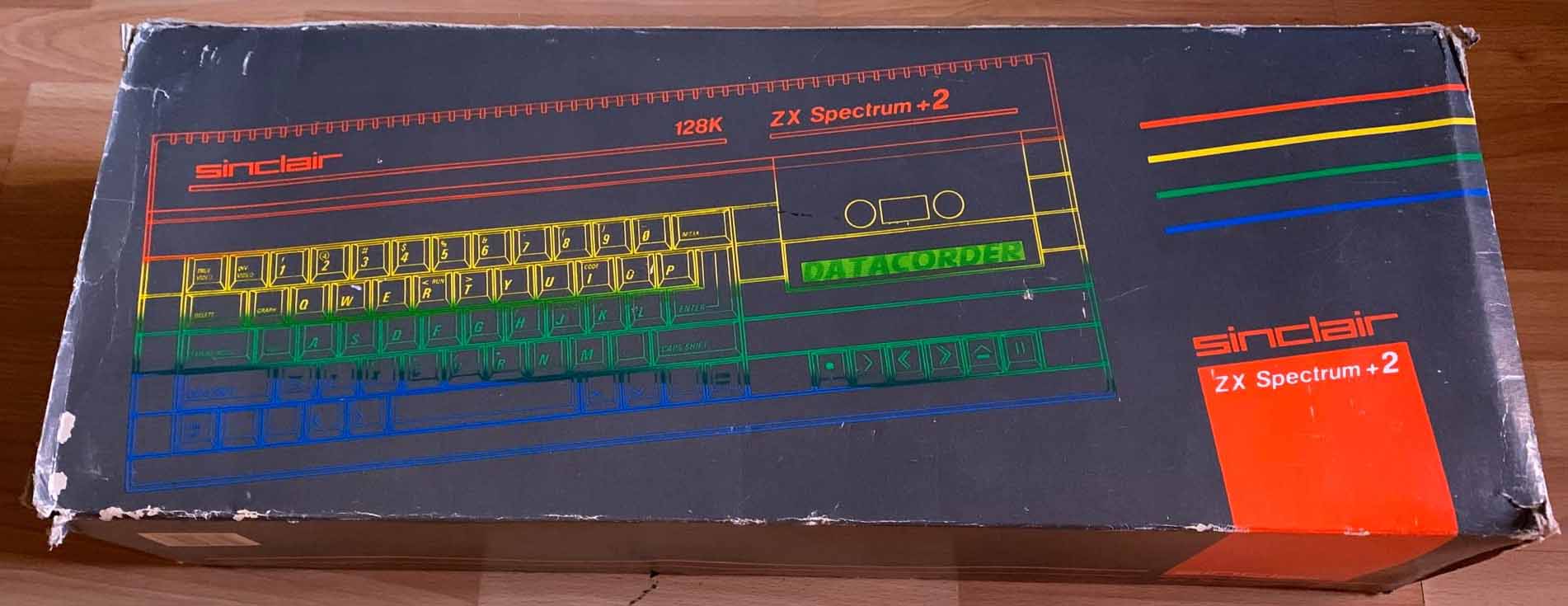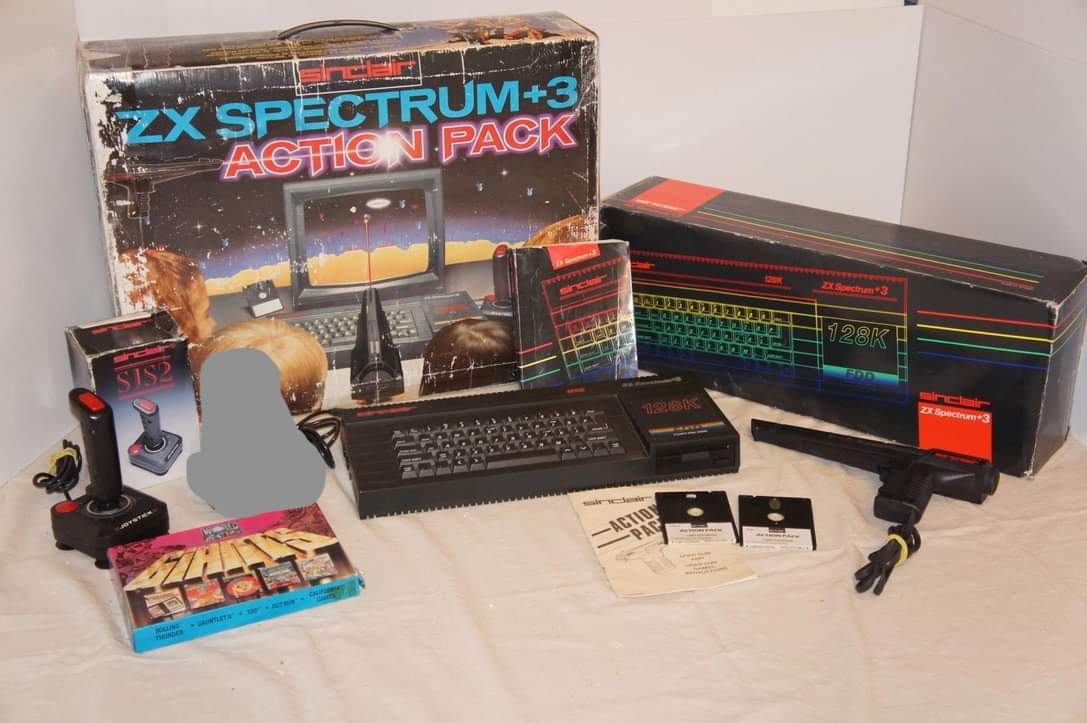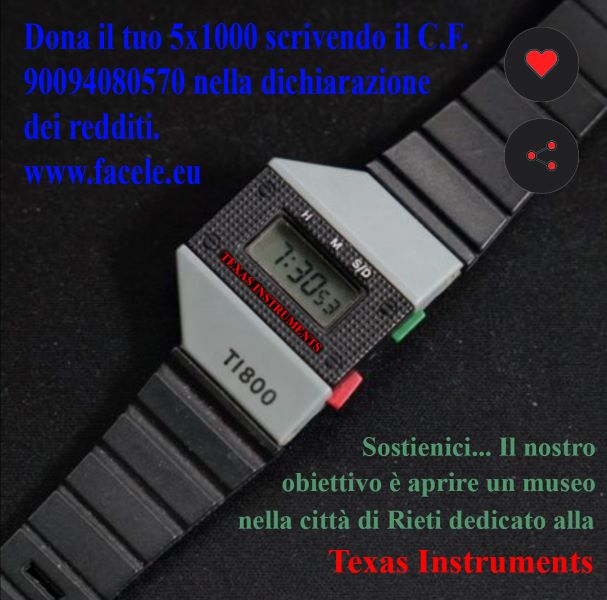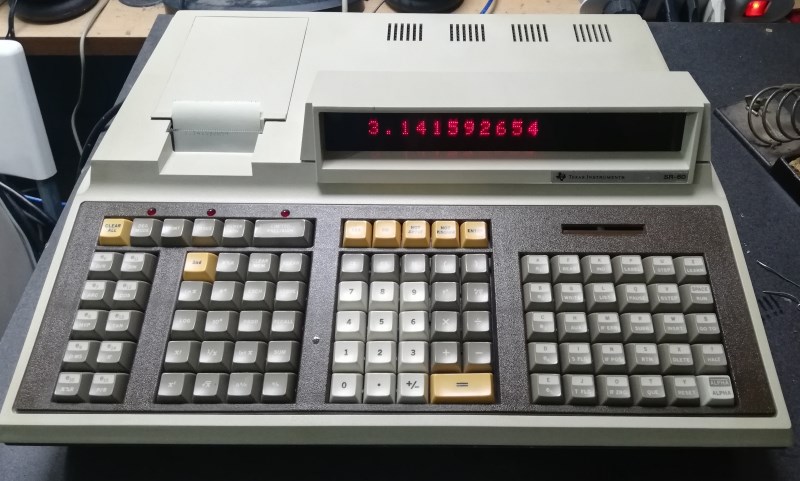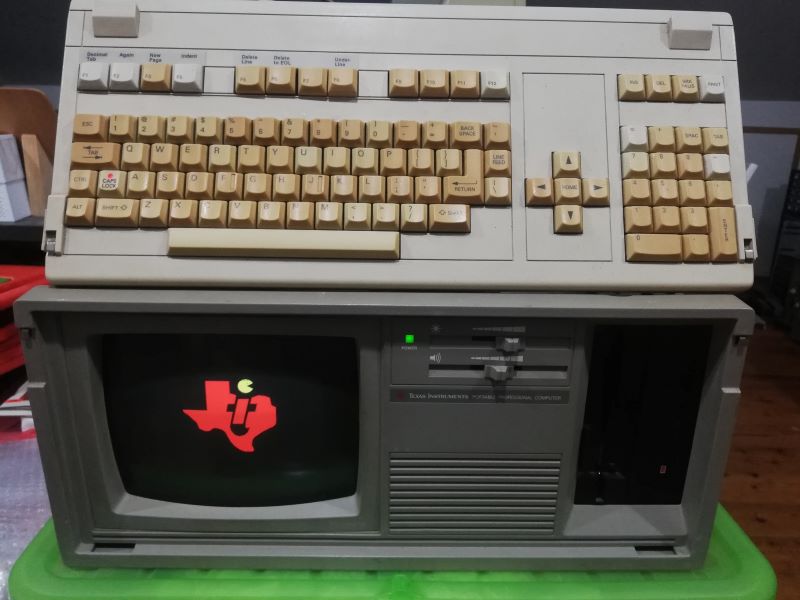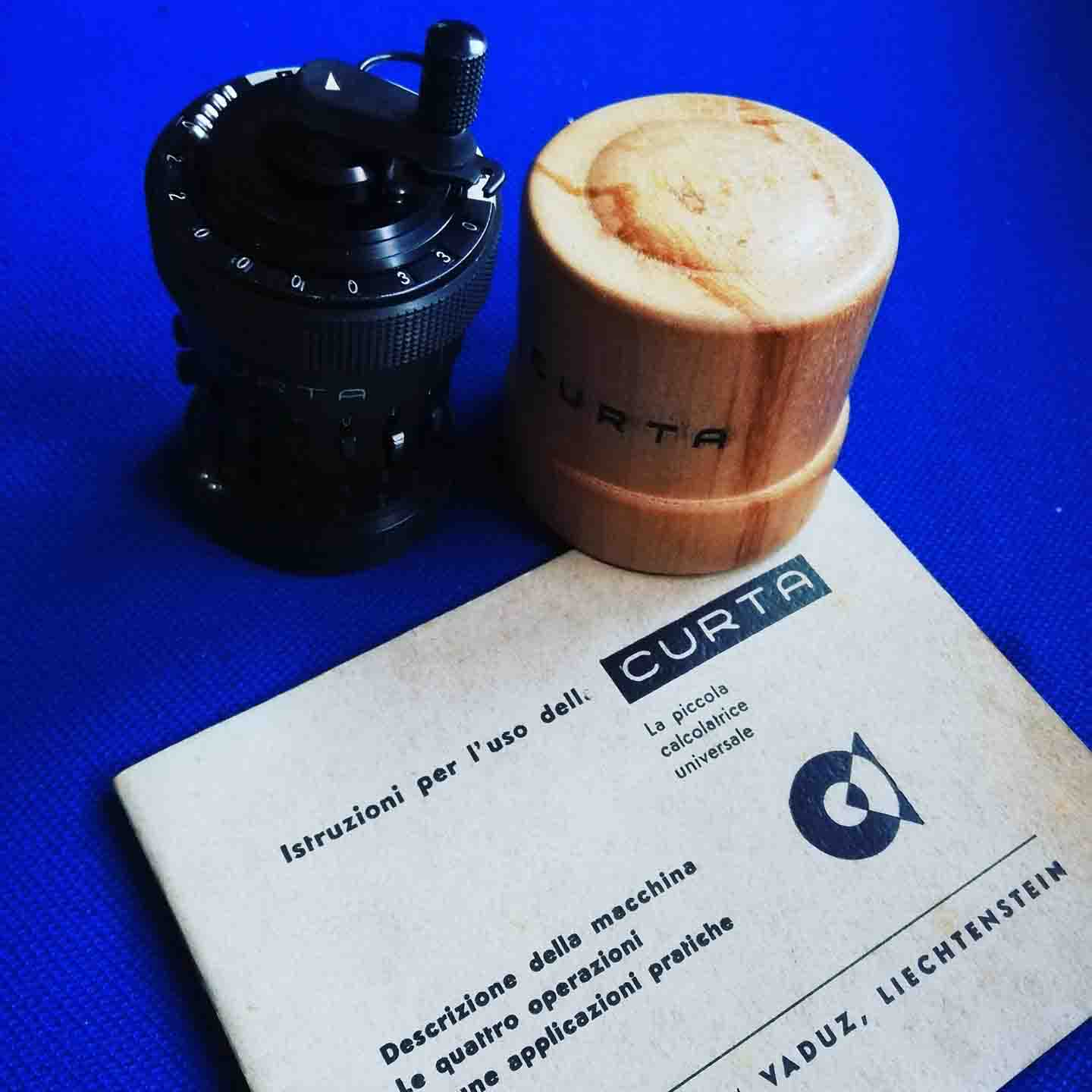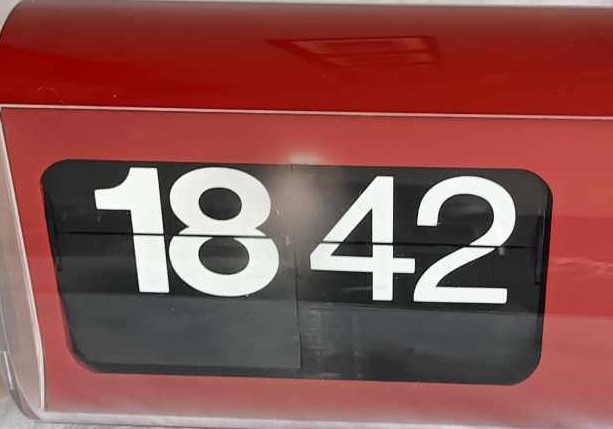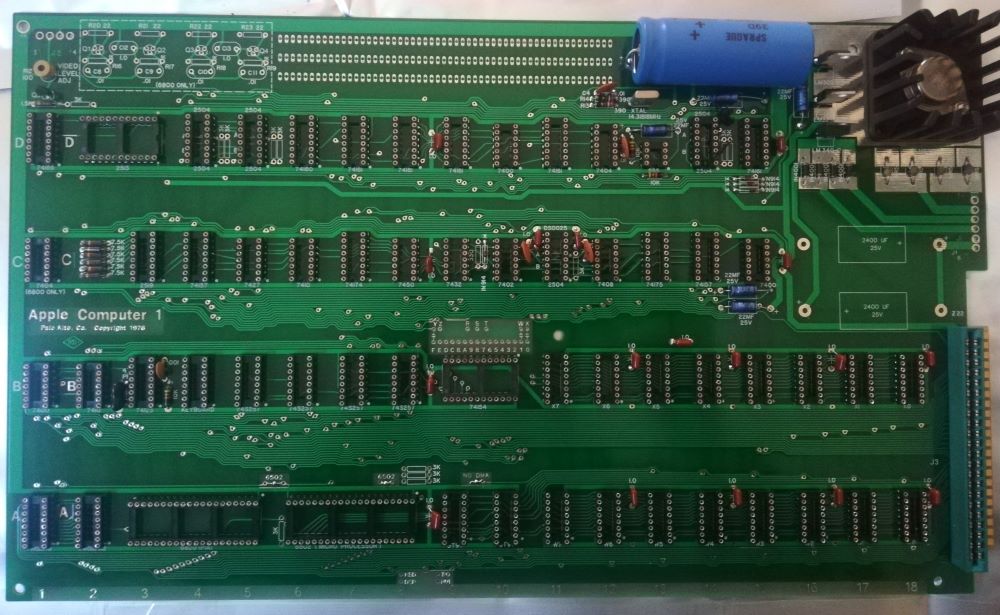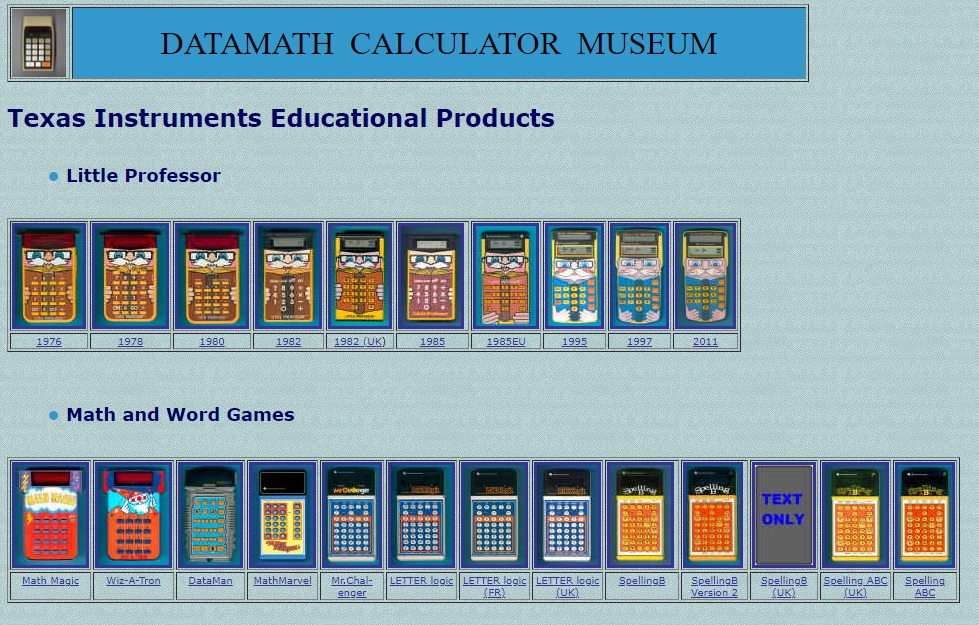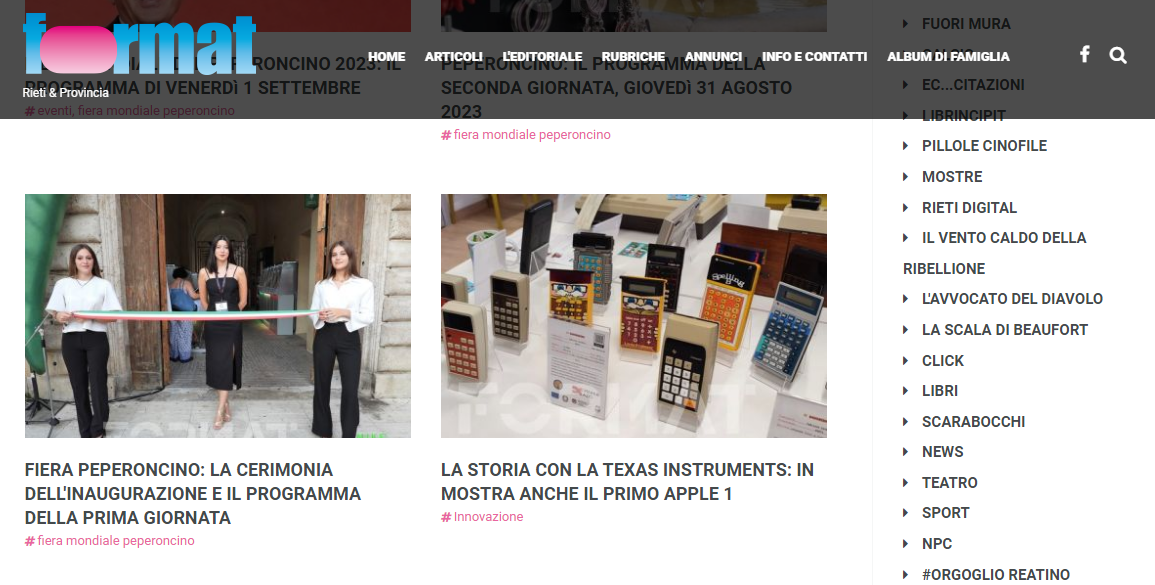Sinclair
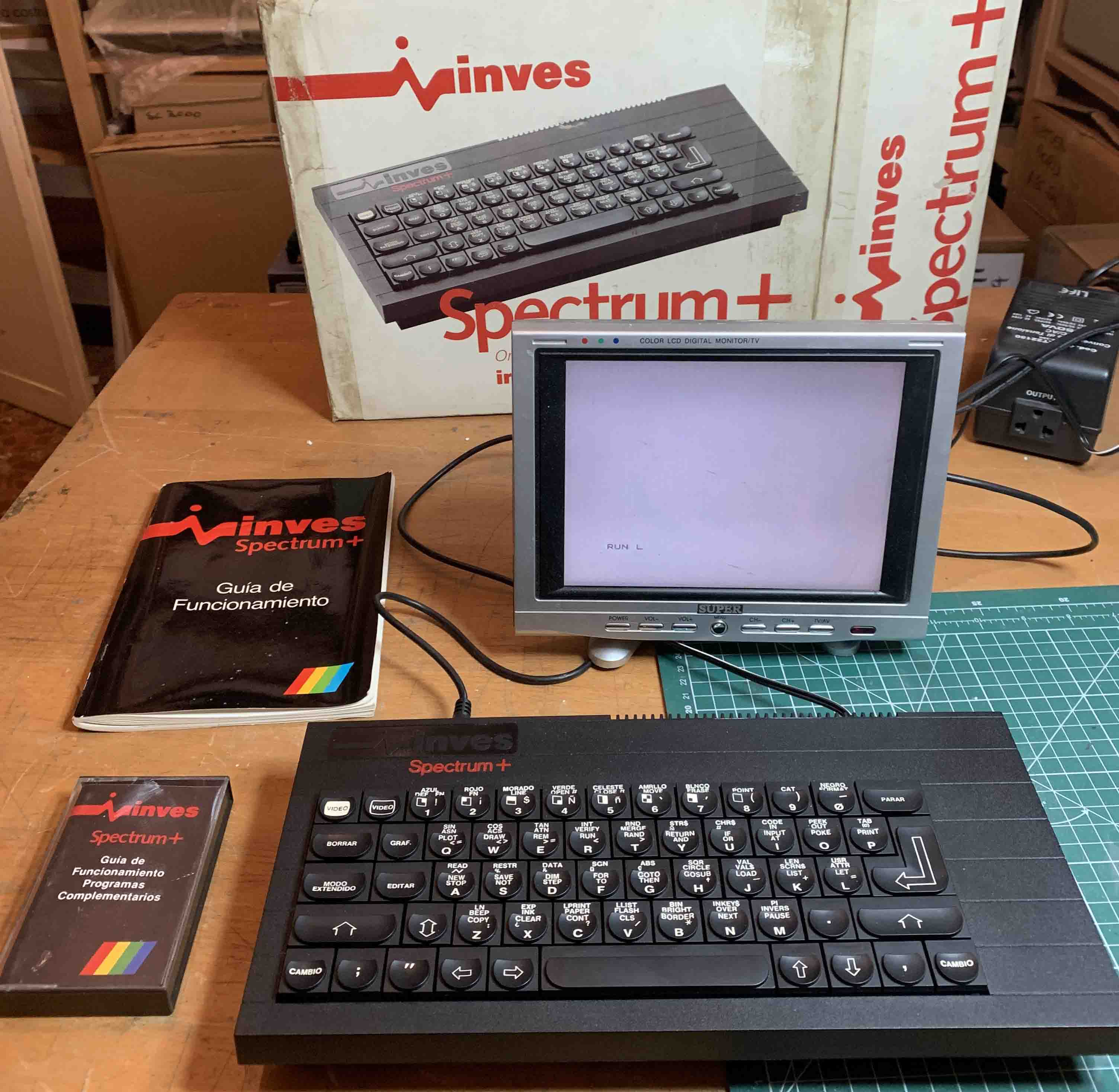 Spectrum Inves +. A clone of the ZX Spectrum+ developed by Investrónica in Spain in 1986, based on the work developed by Investrónica for the ZX Spectrum 128. Released just after Amstrad bought Sinclair Research Ltd, looked much like a normal 48+, but all the inner parts were redesigned. As the ROM was also modified, it has compatibility problems with some games (Bombjack, Commando, Top Gun, etc.).[1] On the rear there was a Kempston joystick connector.
Spectrum Inves +. A clone of the ZX Spectrum+ developed by Investrónica in Spain in 1986, based on the work developed by Investrónica for the ZX Spectrum 128. Released just after Amstrad bought Sinclair Research Ltd, looked much like a normal 48+, but all the inner parts were redesigned. As the ROM was also modified, it has compatibility problems with some games (Bombjack, Commando, Top Gun, etc.).[1] On the rear there was a Kempston joystick connector.
Due to the fact that Invéstronica was the distributor of Sinclair's products in Spain, and because Amstrad already had its own exclusive distributor in Spain (Indescomp, later bought by Amstrad itself), in 1987 Amstrad sued Investrónica to stop the sale of the computer.[2] The court agreed with Amstrad, but the decision was not issued until 1991, when the computer was discontinued as the 8-bit computer market in Spain was dead in favor of 16-bit computers.
The ZX Spectrum +2 (UK: /zɛdɛks/) is an 8-bit personal home computer developed by Sinclair Research. It was first released in the United Kingdom on 23 April 1982 and went on to become Britain's best selling microcomputer.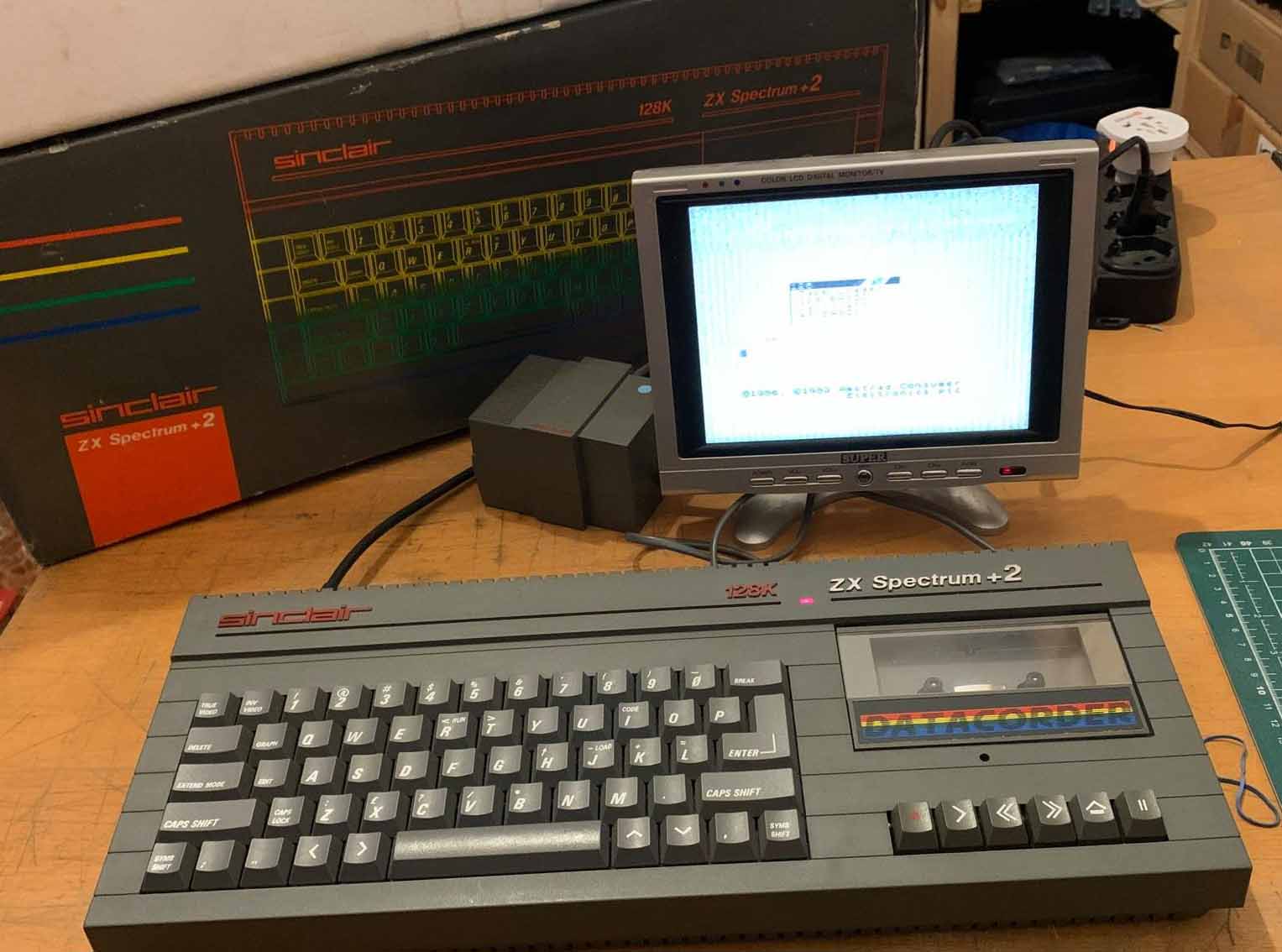
Referred to during development as the ZX81 Colour and ZX82, it was launched as the ZX Spectrum to highlight the machine's colour display, compared with the black and white display of its predecessor, the ZX81. The Spectrum was released as eight different models, ranging from the entry level with 16 KB RAM released in 1982 to the ZX Spectrum +3 with 128 KB RAM and built in floppy disk drive in 1987; altogether they sold over 5 million units worldwide (not counting unofficial clones).
The Spectrum was among the first home computers in the UK aimed at a mainstream audience, similar in significance to the Commodore 64 in the US or the MO5 in France. The introduction of the ZX Spectrum led to a boom in companies producing software and hardware for the machine, the effects of which are still seen. Some credit it as the machine which launched the UK IT industry. Licensing deals and clones followed, earning Clive Sinclair a knighthood for services to British industry.
The ZX Spectrum +3 (UK: /zɛdɛks/) is an 8-bit personal home computer developed by Sinclair Research. It was first released in the United Kingdom on 23 April 1982 and went on to become Britain's best selling microcomputer.
Referred to during development as the ZX81 Colour and ZX82, it was launched as the ZX Spectrum to highlight the machine's colour display, compared with the black and white display of its predecessor, the ZX81. The Spectrum was released as eight different models, ranging from the entry level with 16 KB RAM released in 1982 to the ZX Spectrum +3 with 128 KB RAM and built in floppy disk drive in 1987; altogether they sold over 5 million units worldwide (not counting unofficial clones).
The Spectrum was among the first home computers in the UK aimed at a mainstream audience, similar in significance to the Commodore 64 in the US or the MO5 in France. The introduction of the ZX Spectrum led to a boom in companies producing software and hardware for the machine, the effects of which are still seen. Some credit it as the machine which launched the UK IT industry. Licensing deals and clones followed, earning Clive Sinclair a knighthood for services to British industry.














